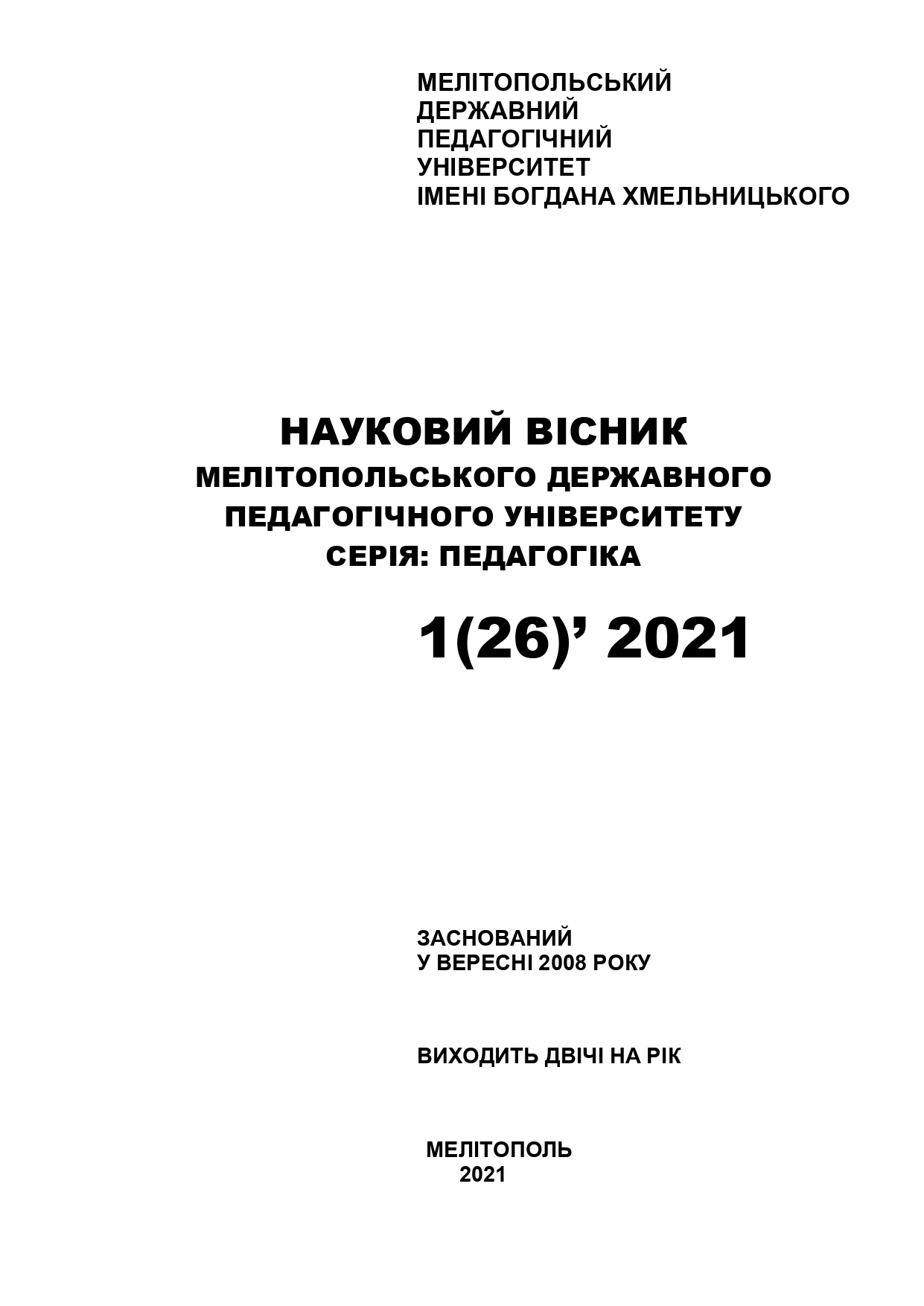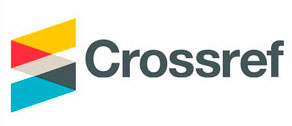Development of the aesthetic taste of younger adolescents in art lessons: theoretical and practical aspects
Abstract
The article examines the features of the development of the aesthetic taste of younger adolescents in art lessons. It has been determined that the dialogical approach should be the leading approach in the development of aesthetic tastes in basic school. The role of the dialogue on the themes of art between the subjects of the educational process is clarified, the problems and positions that affect the optimality in the development of aesthetic taste at school are highlighted. It has been substantiated that attracting students to various types of creative activity can be realized with the help of interesting stories, frank conversations on the development of aesthetic taste in integrated art lessons. The author noted the transitional period of early adolescence, which should be taken into account in the development of aesthetic taste. That is why the author points out the need for understanding on the part of the teacher that pleasant communication should be provided in basic school, which in the future will make it possible to reveal the beauty for the child, the significance of beauty, the ideals of good and evil, which are embedded in various works of art. The author substantiates four types of tasks that should be taken into account by the teacher and proves that in order to build dialogue communication in art lessons, it is important to take into account the emergence of a new personality quality in early adolescence - the ability to abstract judgment. The author defends the idea that younger adolescents must learn to see the value basis of art, pay attention to such values as the creation of good (virtue), which is the basis for establishing a dialogue in social systems.




